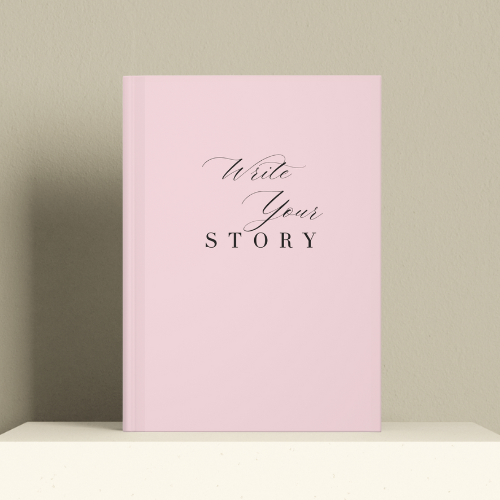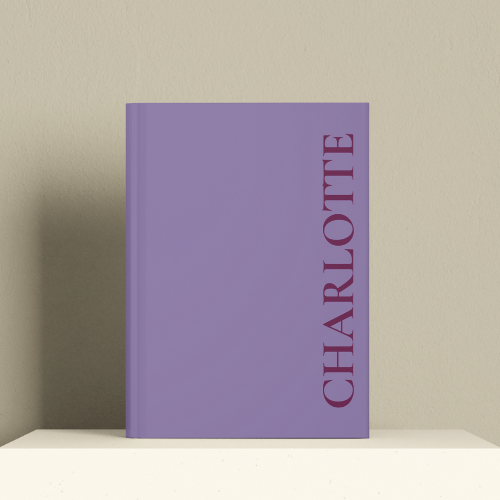If you’ve ever stared at a blank journal page, unsure of what to write, you’re not alone. But here’s the thing—your journal isn’t just for scribbling down thoughts or venting about your day. It’s a space for creativity, self-discovery, and intentional living. Whether you’re a lifelong journaler or just getting started, these five unique journaling techniques will make your practice more exciting and meaningful.
1. The Reverse Bucket List
Ever feel like you’re always chasing the next goal but never stopping to appreciate how far you’ve come? The Reverse Bucket List is a game-changer.
How It Works:
Instead of listing things you want to accomplish, write down all the incredible things you’ve already done. Think about those once-distant dreams you’ve now checked off—whether it’s landing a new job, moving to a new city, or even just surviving a tough season of life.
Why It’s Powerful:
It shifts your mindset from “I haven’t done enough” to “Wow, look at everything I’ve achieved!” It’s a confidence booster, a gratitude exercise, and a reminder that you’re already making progress—even if it doesn’t always feel like it.
Try this:
- List 10 things you’ve accomplished that once felt impossible.
- Reflect on what you learned from each experience.
- Use this as motivation for setting new goals!
2. A Letter to Your Future Self
If you could sit down with your future self, what would you say? The Future-Self Letter is a beautiful way to set intentions, track growth, and remind yourself of your dreams.
How It Works:
Write a heartfelt letter to yourself—six months, a year, or even five years into the future. Describe your ideal day, how you feel, and what you hope to have accomplished. Seal it up and set a reminder to open it on a future date.
Why It’s Powerful:
This practice gives you a clear vision of where you want to go and serves as a time capsule of your growth. Plus, when you finally read it, you’ll see just how much has changed (and maybe even be surprised at how far you’ve come).
Try this:
- Offer yourself advice, encouragement, and reminders to trust the process.
-
Describe what success feels like to you.
- End with a message of self-love—you deserve it.
3. The One-Line-a-Day Challenge
Journaling doesn’t have to take hours. In fact, just one sentence a day can be a powerful way to reflect on life’s little (and big) moments.
How It Works:
Write one line every day about something meaningful—a funny moment, a win, an insight, or even just a feeling. It’s quick, pressure-free, and easy to stick with.
Why It’s Powerful:
Over time, these tiny entries create a beautiful timeline of your life. Looking back, you’ll see patterns, growth, and the small joys that made each day special.
Try this:
-
Keep it simple: “Today, I felt grateful for _____.”
- At the end of the year, read through your entries and reflect.
- Bonus: Turn your favorite lines into an art piece or a collage!
4. Mind Mapping Your Thoughts
If writing in paragraph form feels overwhelming, switch things up with mind mapping! This visual approach helps you organize thoughts, spark creativity, and see connections in a whole new way.
How It Works:
Instead of traditional journaling, grab a pen and sketch out your thoughts using circles, arrows, and colors. Use it to brainstorm ideas, break down goals, or explore emotions.
Why It’s Powerful:
Mind mapping helps make sense of jumbled thoughts and turns overwhelming ideas into clear, actionable plans. Plus, it’s a fun way to engage with your journal beyond just words.
Try this:
-
Create a Mind Map of Your Life—career, relationships, health, dreams.
- Use it to brainstorm big decisions or new projects.
-
Add doodles, symbols, or stickers to make it even more creative!
5. Emotion Color-Coding
Ever wish you could see your emotional patterns over time? This color-coded method helps you track your moods, uncover triggers, and celebrate joyful moments.
How It Works:
Assign a color to different emotions—blue for calm, red for frustration, yellow for excitement, etc. Then, underline or highlight your journal entries based on how you felt that day.
Why It’s Powerful:
Over time, you’ll notice patterns—what lifts you up, what drains you, and where you might need to make changes. It’s an eye-opening way to practice self-awareness and emotional balance.
Try this:
- Create a color key for different emotions.
- At the end of the week, review your patterns and reflect.
- Use this insight to adjust habits and focus on what brings you joy.
Your Journal, Your Story
Your journal is more than just a collection of words—it’s a reflection of your journey. Whether you’re celebrating wins, dreaming big, or simply processing your day, these unique journaling methods will add depth and creativity to your practice. Try one (or mix them up!) and make your journaling experience as unique and meaningful as you are.
Happy journaling!





